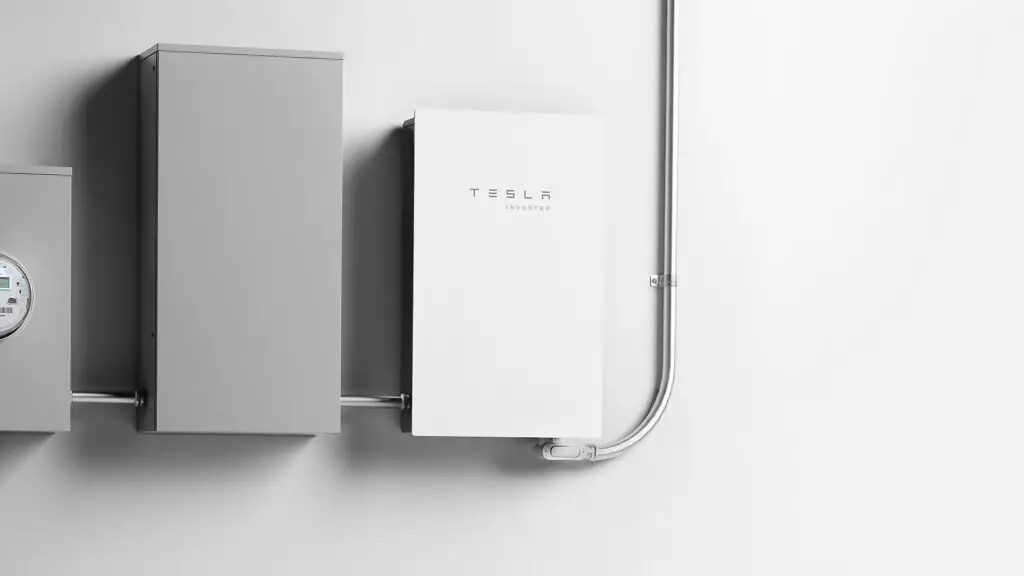Solar power has become a wide energy choice. It’s a renewable and clean source of energy that helps homeowners save significantly on their annual energy expenses.
Solar panels, known for their durability and low maintenance requirements, generally do not encounter frequent repair issues, largely due to the absence of moving parts.
However, the solar inverter, a critical component of the solar system, can sometimes experience failures due to various reasons.
This guide aims to explore some of the common causes behind malfunctions in solar inverters, helping you understand why your solar inverter might fail.
Overheating
Inverters, being electronic devices, are quite sensitive to temperature changes.
If they get too hot, their power output can drop significantly, and they might even stop working if they reach their maximum operating temperature.
This is why, right from the design phase, it’s crucial to ensure that the cooling technology for the inverter is up to the task and has enough capacity.
For instance, it’s vital to have good ventilation in the area where the inverter or switch cabinet is located.
Beyond the initial design considerations, it’s also important to regularly monitor the inverter’s cooling system during its operational life to make sure it’s working properly.
Additionally, there are practical steps you can take to prevent the inverter from getting too hot.
These include installing and cleaning dust filters and clearing away any plants or debris that might block airflow around the inverter.
Isolation Fault
A common issue with solar inverters is an “isolation fault.” This happens when there’s a short circuit in different parts of the circuit, leading the inverter to trigger an “isolation alarm.”
Causes of this short-circuit often include moisture combined with damaged cable insulation, poor installation, incorrect connection of DC cables to the solar panel, or moisture in the PV module’s connection part.
This issue is more frequent in humid areas or places near the sea.
When there’s an isolation problem, the solar inverter might shut down entirely or operate at a minimum safety level.
Either way, the inverter isn’t working at full capacity, which means you’re losing out on power generation.
To prevent this, it’s crucial to use high-quality DC cables that are installed correctly, ensuring that cable bushings are watertight.
Also, choose the right level of protection (IP rating) for both the inverter cabinet and the area where the inverter is housed.
Be aware that an isolation fault can lead to dangerously high voltages in the system’s conductive parts.
Always make sure that any maintenance work follows the relevant safety standards to avoid accidents.
Faulty Installation
A common yet often overlooked issue with solar inverters is incorrect installation, which can vary from physical misconnections to improper programming.
Typically, the construction of a solar photovoltaic (PV) system is managed by an Engineering, Procurement, and Construction (EPC) entity, which in turn hires installers.
The expertise and skill level of these installers play a crucial role in the system’s overall performance and reliability.
To ensure the inverter is installed correctly, it’s essential to have access to the manufacturer’s documentation.
This documentation provides vital guidelines and specifications for proper installation.
Once the solar system is built or during the initial phase of the project, certain tests can be conducted to verify the installation’s accuracy. These include:
- A yield test to assess the system’s energy production.
- Testing remote activation and deactivation capabilities.
- Checking the regulation of reactive power.
Additionally, it’s important to maintain comprehensive “as-built” documentation.
This record is crucial for future reference, especially if there’s a need to make a warranty claim or address any issues.
Proper documentation ensures that all guarantees provided by the manufacturer or the EPC can be effectively utilized, safeguarding the investment in the solar PV system.
Restart Issue
An essential feature of a solar inverter is its ability to automatically restart after a grid fault, provided there are no other issues.
For instance, voltage spikes that might occur when the system suddenly shuts down could cause the system to stop working.
If the inverter doesn’t restart on its own, a service team would need to visit the site to manually reboot the system, leading to unnecessary loss of power generation.
Therefore, the choice of a solar inverter should not only be based on the brand but also on the quality of its components.
Additionally, having a reliable 24/7 monitoring system is crucial to promptly detect and address any issues.
Without effective monitoring and prompt fault resolution, all PV modules connected to the inverter will stop producing power until the problem is identified and fixed by a technician.
This issue is especially prevalent in areas with unstable grid connections.
Prioritizing these aspects ensures minimal disruption and maximizes the efficiency of your solar inverter.
MPPT Module Issue
Modern inverters incorporate a technology called Maximum Power Point Tracking (MPPT) to optimize their performance.
In large photovoltaic (PV) systems, solar panels are typically arranged in series to form what are known as “strings.”
These strings are then connected to an inverter.
However, due to various factors like shading, differing orientations, or panel faults, not all strings produce the same amount of power, leading to varying voltage outputs.
The MPPT module within an inverter is designed with an algorithm that enables the inverter to always draw power at the most optimum voltage level despite these variances among the strings.
This ensures that the maximum possible electricity is produced from the PV system.
To ensure the MPPT module is functioning properly, it’s important to conduct performance tests during the initial start-up phase of the solar installation.
Verifying that the MPPT is operating correctly is crucial not only for maximizing the system’s efficiency but also for validating the actual energy yield against the manufacturer’s guaranteed yield.
This step is key to ensuring that the inverter and the entire solar system are performing at their best.








